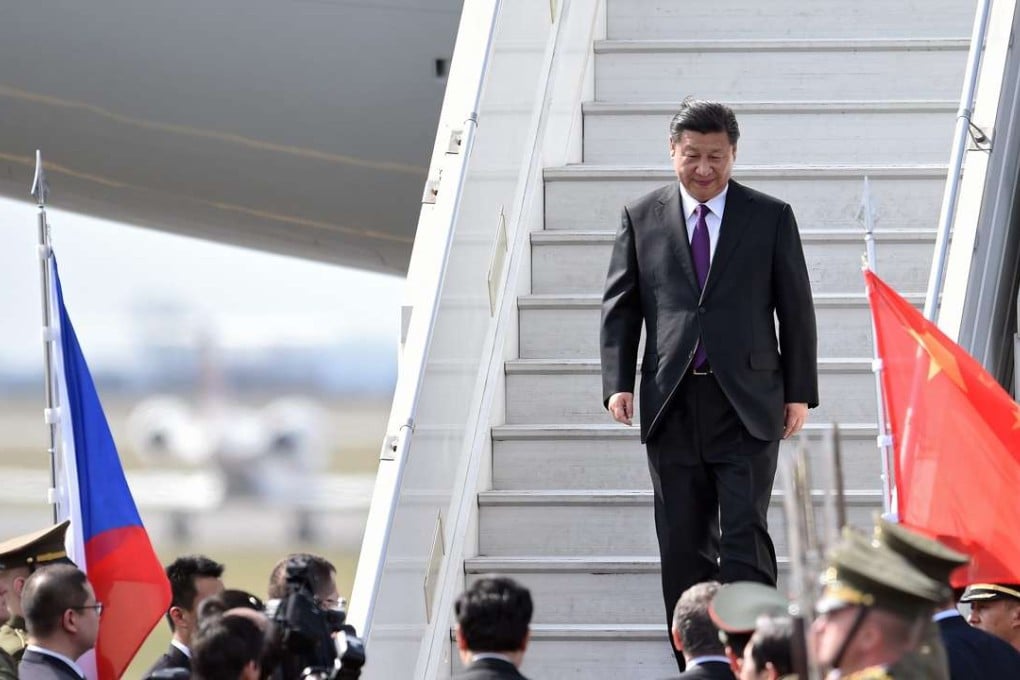Reflections | How China got its name, and what Chinese call the country
The Czech Republic has a new name – the easier and more catchy Czechia. So how did the place we call China get its short-form name?

The short-form English name for the Czech Republic is now Czechia (pronounced CHEH-khiyah). Officially approved by the Czech government and formally registered with the United Nations, the name makes it easier for the international community to refer to the Central European nation.
The short English name for the biggest Asian country, of which Hong Kong is an inalienable part, is “China” (probably derived from the Qin dynasty), but what have the Chinese called their country?
During periods when the Chinese nation was unified under one ruling house, the name of the dynasty was also the name of the nation, thus “the Great Tang”, “the Great Qing” and so on. The same principle applied when China was divided, with individual states, great or otherwise, bearing their own names. However, several names have been used to represent the idea of an integral geographic and cultural nation, the most famous one being Zhongguo (“the Middle Kingdom”).

Over the centuries, Zhongguo was at times used in diplomatic dispatches to foreign vassal states but the dynastic name was still the official one. The first time Zhongguo was used as the Chinese nation’s official name was in the Sino-Russian Treaty of Nerchinsk of 1689.

